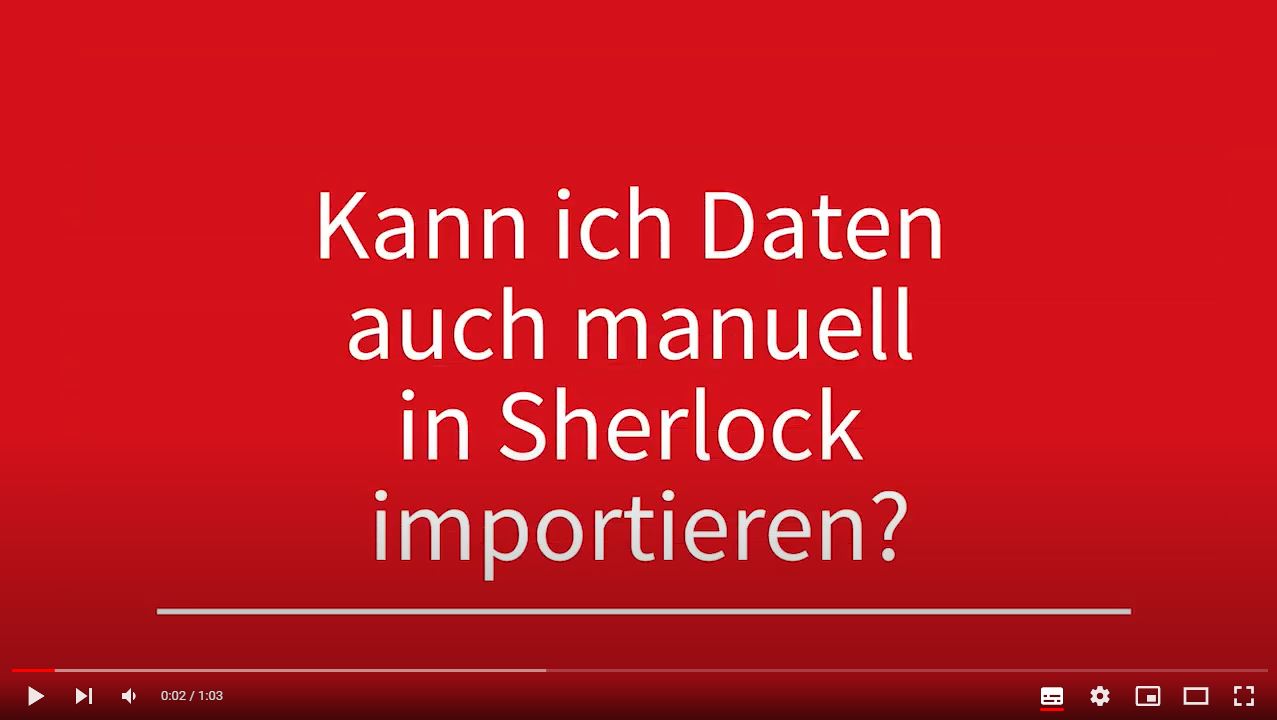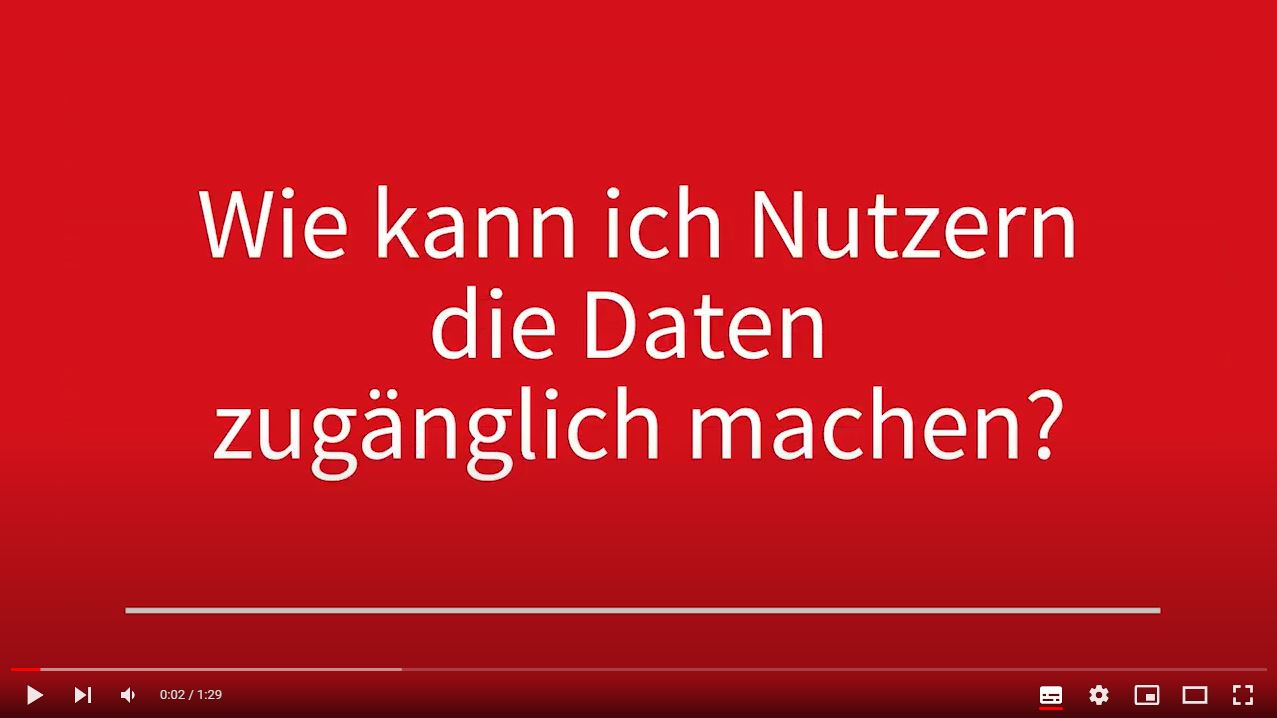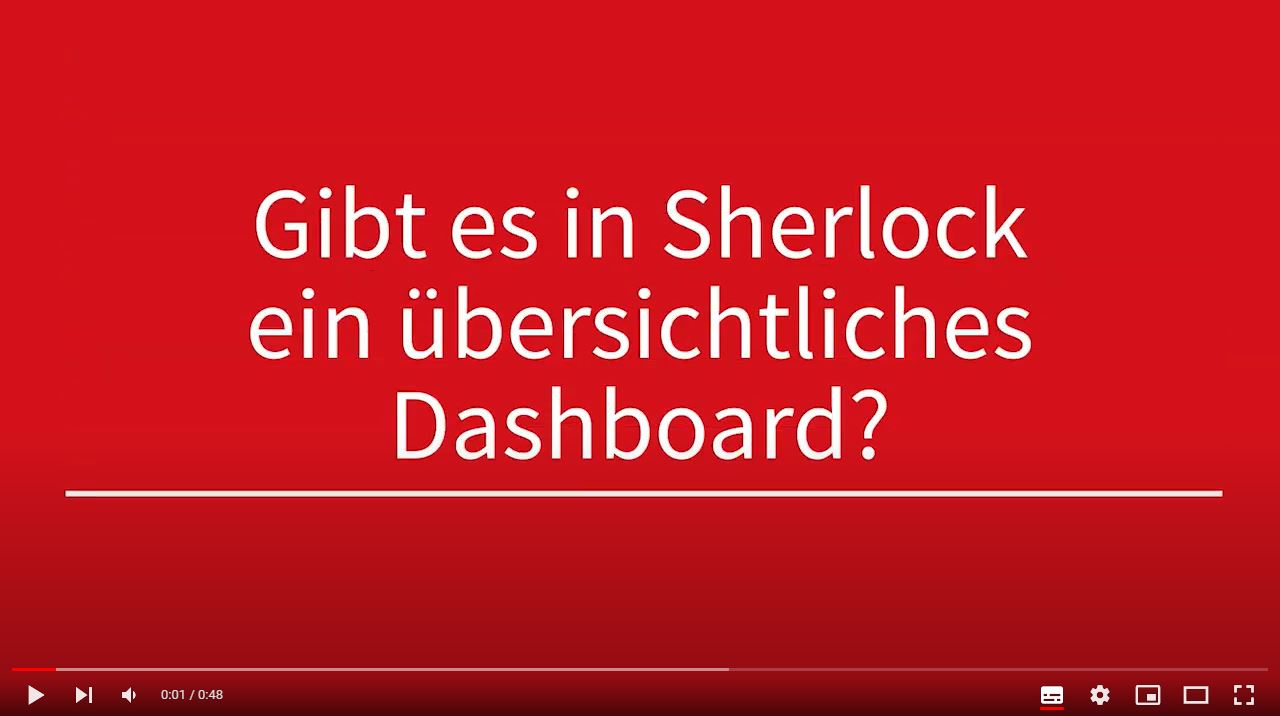Sherlock is an information platform that makes all information along the value chain in companies transparent and accessible to everyone. The ability to integrate and merge data from a wide variety of source systems in Sherlock breaks down data silos and makes all company information visible at a glance. Intuitive user interfaces ensure that data can be easily linked and modeled centrally as needed, and thus output to the appropriate channels and target groups with precision. The output can vary greatly. From apps to websites to platforms for managing immense amounts of data. You can find an overview of the use cases here.
Sherlock is divided into the following areas:
- Operating platform in SaaS model
- Information Platform as a Service (IPaaS) with flexible information model, data integration und Identity & Access Management (IAM)
- Backend and process tool for applications, portals, apps







